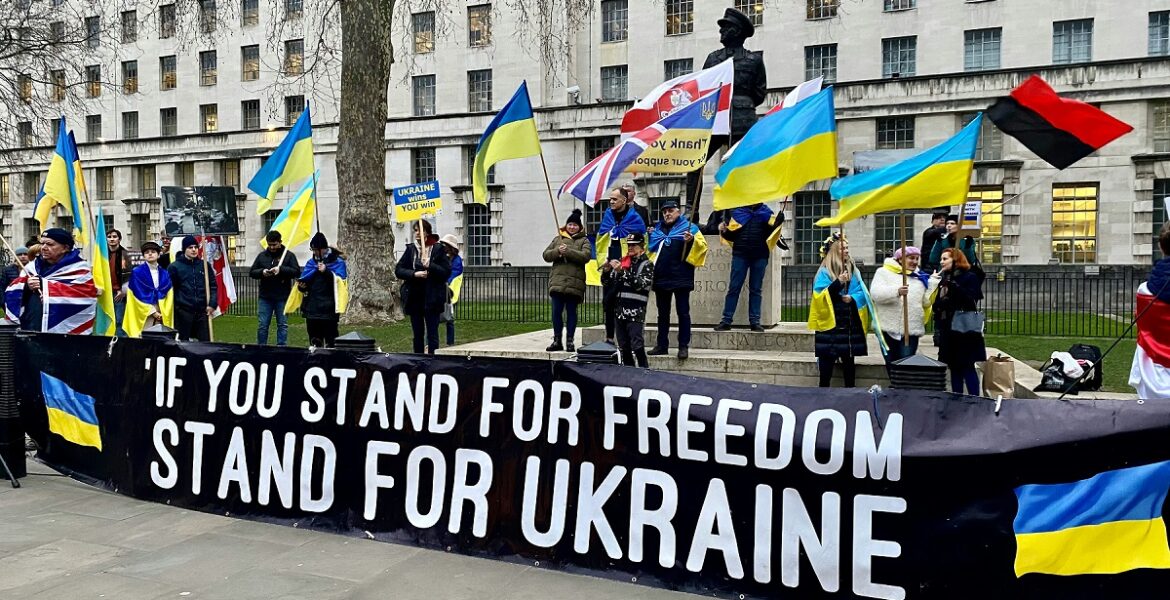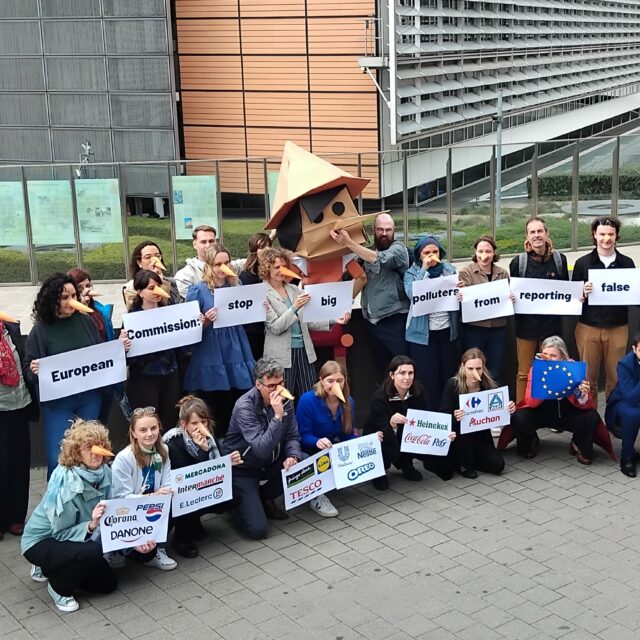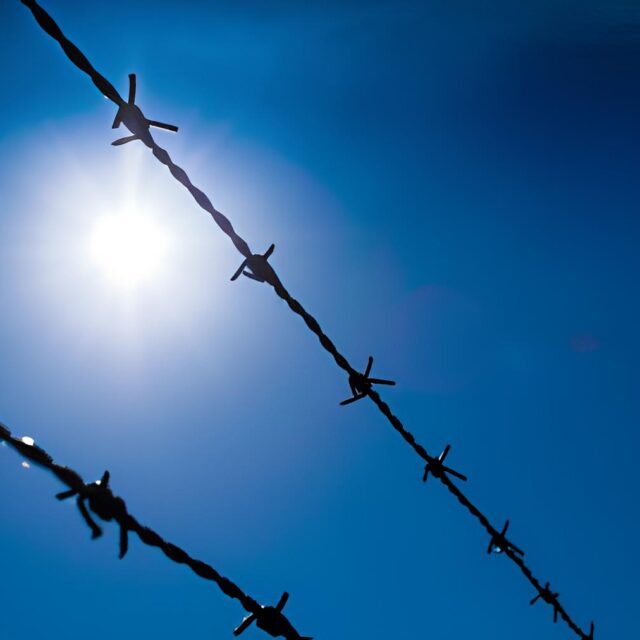Photo by CrowN on Unsplash
As Europe navigates an increasingly unstable security environment, Ukraine is undergoing a profound transformation. No longer just a frontline state, Ukraine is becoming one of the fastest-growing defence manufacturing powers in Europe. Over three years of full-scale war, Ukraine has rapidly expanded its defence production capacity, developing into a strategic partner that Europe cannot afford to overlook.
Today, more than 40% of the weaponry used by the Armed Forces of Ukraine is produced domestically. In 2024 alone, the country’s defence sector reached $35 billion in capacity and accounted for one third of Ukraine’s total GDP growth. This surge is not merely quantitative – it is deeply strategic. Ukraine’s defence sector is innovating in real time, producing over 324 new weapons systems in a single year, with breakthroughs ranging from advanced drone technologies to electronic warfare capabilities and cruise missiles.
For instance, the production of cruise missiles increased by 700% compared to the previous year. Long-range drone manufacturing grew by more than 100% over 2023 and by a staggering 2,100% over 2022. In 2024, Ukraine manufactured over 1 million drones – and in 2025, the country aims to produce more than 2.5 million. This momentum demonstrates not only Ukraine’s resilience under pressure but its emergence as a high-tech defence player capable of scaling quickly.
This transformation is not happening in isolation. In 2024, nearly $1 billion in foreign partner financing, based on the Danish model, was invested directly into Ukraine’s domestic defence production. This model ensures that support for Ukraine also drives the growth of its industrial capacity and transparency, while delivering equipment directly to the battlefield. In 2025, the European Union will take this model further, allocating approximately €1 billion from frozen Russian assets to support Ukraine’s defence industry. It is a clear recognition that investing in Ukraine’s industrial strength is a matter of European security.
For Europe, this is more than solidarity – it is a strategic opportunity. Supporting Ukraine’s defence industry enhances the continent’s collective resilience. It strengthens NATO’s eastern flank. It fuels wartime innovation that can feed back into European procurement pipelines. And it builds economic bridges that will endure beyond the war. Ukrainian companies are developing next-generation technologies under the most demanding real-world conditions – from AI-enabled targeting to rapid drone integration and electronic countermeasures.
As Ukraine expands its production capabilities, Europe benefits from new avenues for co-development, joint manufacturing, and future defence exports. Ukraine’s defence sector expanded by 600% over the past year alone. By the end of 2024, the country is expected to have the capacity to produce $35 billion worth of military equipment annually. This is not a burden – it is a strategic multiplier.
In the coming months and years, the decisions European leaders make will shape not only Ukraine’s ability to prevail but Europe’s ability to prepare for the future. Backing Ukraine’s defence industry today is a direct investment in the security, innovation, and economic strength of tomorrow’s Europe. Supporting Ukraine is not charity – it is foresight. Now is the moment to turn partnership into policy and shared values into shared capabilities.




